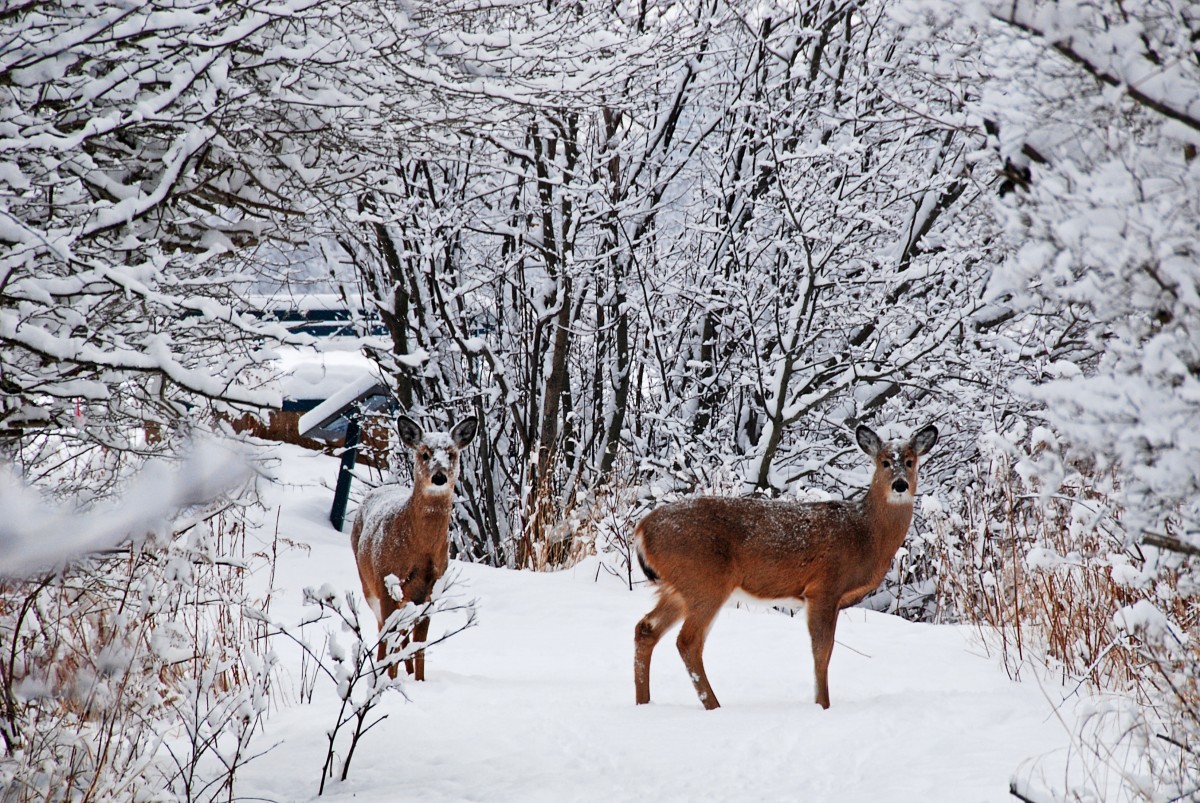
It’s Christmas Eve, and it’s seventy degrees outside.
For many people this break in the weather is a welcome reprieve from what the prospect of yet another long winter, especially considering the brutal snow we endured last year. But for some of us – and for gardeners in particular, who tend to live more intimately with the vagaries of Nature – these strange warm days are more than a little worrying. It’s nice to have a few extra days to turn the compost or clean out the shed, but as New England gardeners we also know deep in our roots that you’ve got to endure some real cold before you can produce the blooms of Spring. We know this because we learned it from our plants.
But apparently even the plants are really, really confused.
Lately we’ve been receiving reports and directly observing plants behaving badly because of the warm Winter weather. The trouble lies primarily with those that love to bloom early with very little cold induction- particularly those harbingers of early Spring like magnolia, cherry, witch hazel, pussywillow & lilac. Perennial culprits include viola, hellebore, corydalis and trillium, and then there are bulbs like crocus, snowdrops, lilies, and narcissus. They’re all an eager sort, and the chilly weather this past November coupled with a warm December has faked them out into thinking it’s been Winter already.
So how will this bizarre weather impact your trees and plants come spring? And is there anything we need to do to protect our gardens once the inevitable cold snap comes again?
Typically trees & shrubs tend to put on buds late in the season, when they have the energy reserves to put into prepping for next year’s growth. Once that’s done, they slip into the slow dormancy of autumn. Overwinter a tough outer cap protects the delicate green leaves and budding blooms beneath and protects them from ice and snow. As long as those buds don’t open and unfurl (known as “breaking bud” in nursery lingo), those little sprouts will stay safe, and the gradual increase in soil and air temps near the equinox will prompt them to blossom at the correct time.
When it comes to trees and shrubs budding out too soon there is not a lot we can do. If they break open and are literally “nipped in the bud” by snow or cold, the young leaves will be damaged. Most likely it won’t kill the tree, but the spring foliage and blooms will be somewhat lackluster. It’s also a waste of the precious energy they put into creating buds last year, which will have to be made up for in Spring. For smaller specimens you can apply wilt-pruf to prevent dessication by cold winter winds, and wrap them in burlap to create a wind barrier and provide a little insulation. Next year give the affected plants extra care and attention and help them to recover by watering them well and applying fertilizer.
For perennials, it’s best to let things run their course and let them have their faux-Spring celebration. They’ll quiet down again once it gets properly cold, and in the meantime a light application of leaf mulch and compost will keep their roots insulated from the approaching cold. You might lose some specimens, but things will eventually balance out.
If your bulbs are starting to push up, keep an eye on them. Usually the leaves come up first, and it’s alright if those die off and dry out. This is actually fairly normal for daylilies in early winter and you don’t have to do anything about it. The stems of most bulbs grow separately, tucked within the fold of the leaves, and that’s also where the blooms are encased. Blooming uses up the most energy in the growth cycle, so if the flower puts on a blossom only to freeze and then die, it’s going to be difficult for the bulb to recover. Again, use a light leaf mulch to insulate any suspected bloomers, watch for mildew and rot, and expect a little less showiness in the Spring.
We can hold out some hope that the weather will gradually cool off, allowing our gardens to slip into a natural dormancy once again, but it’s also possible January will bring an abrupt change. Our best advice? Come Springtime take extra care and be sure to water and fertilize, and make the most of these strange warm days by spending time in your gardens and observing the processes of Nature.









